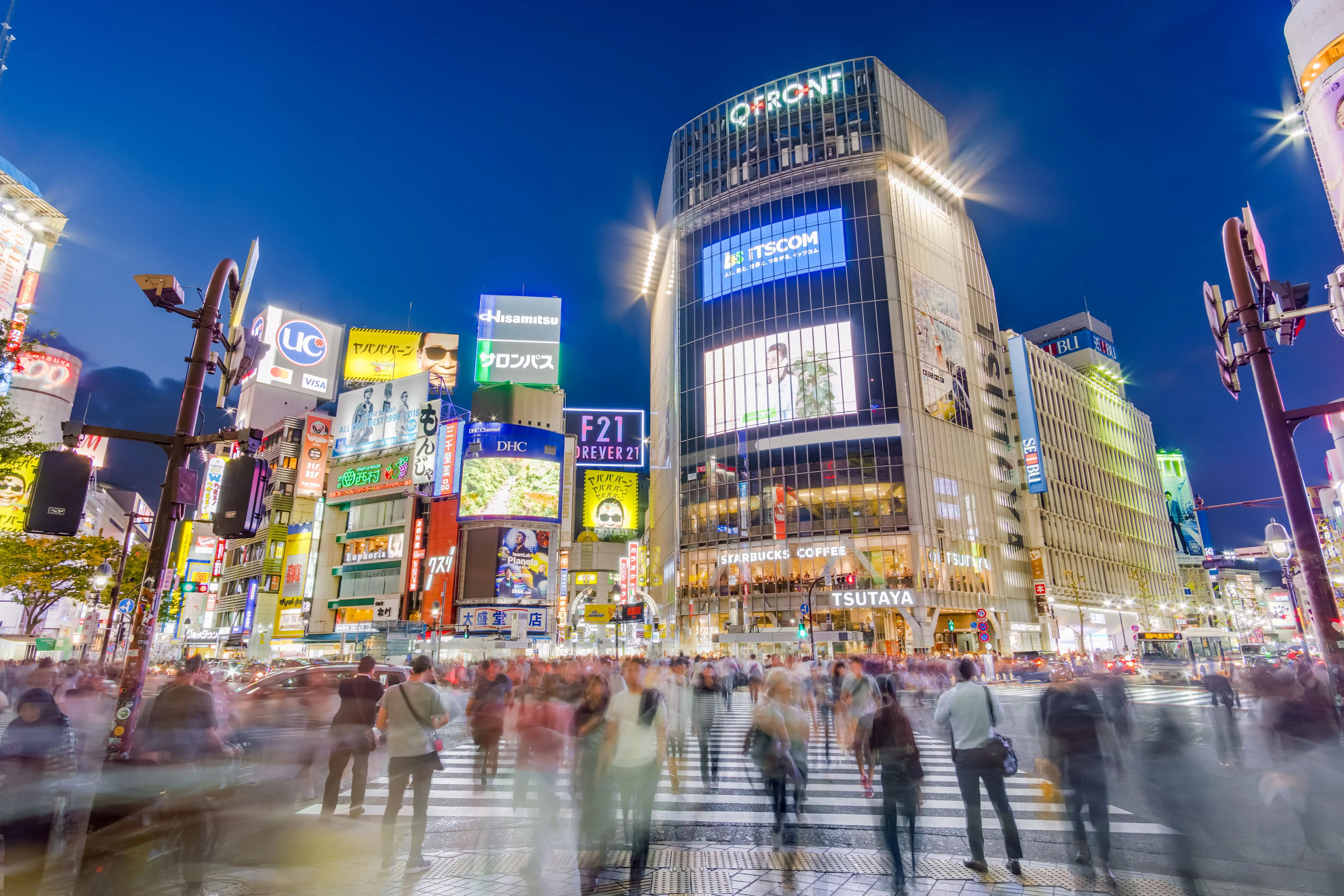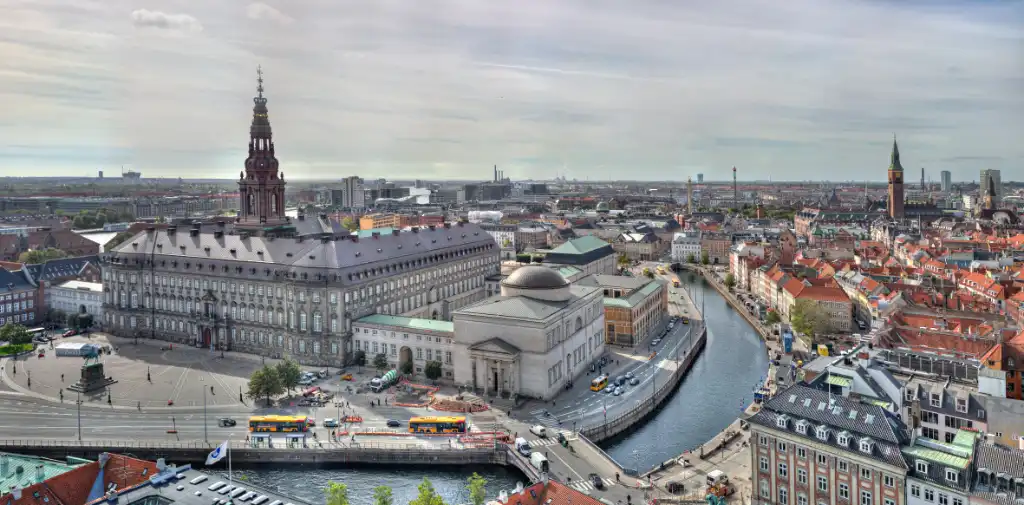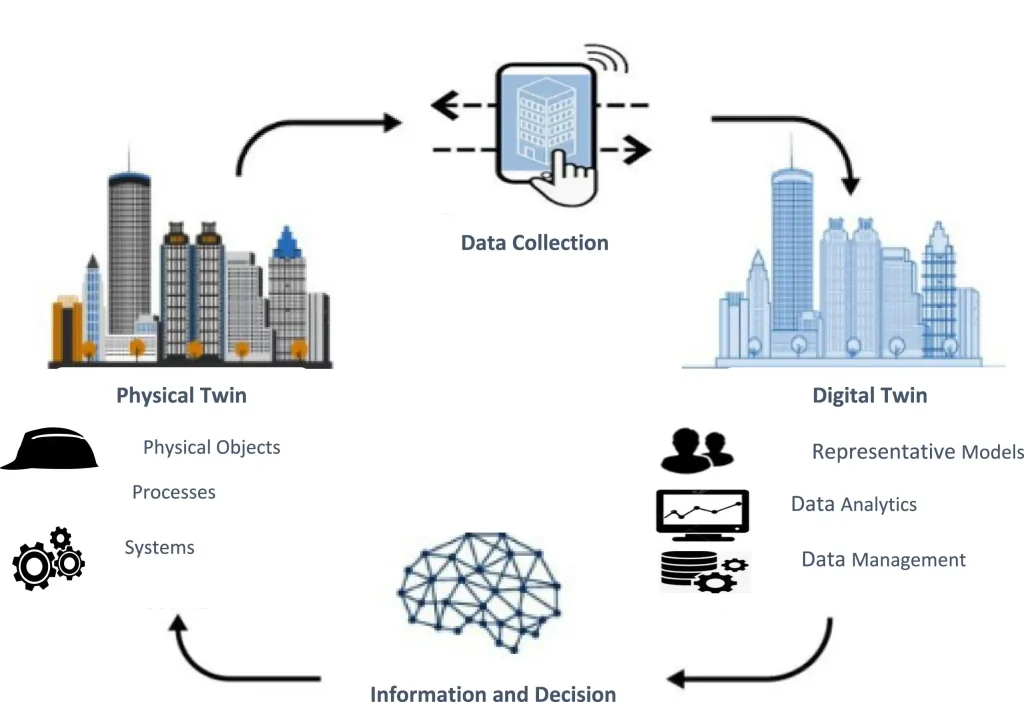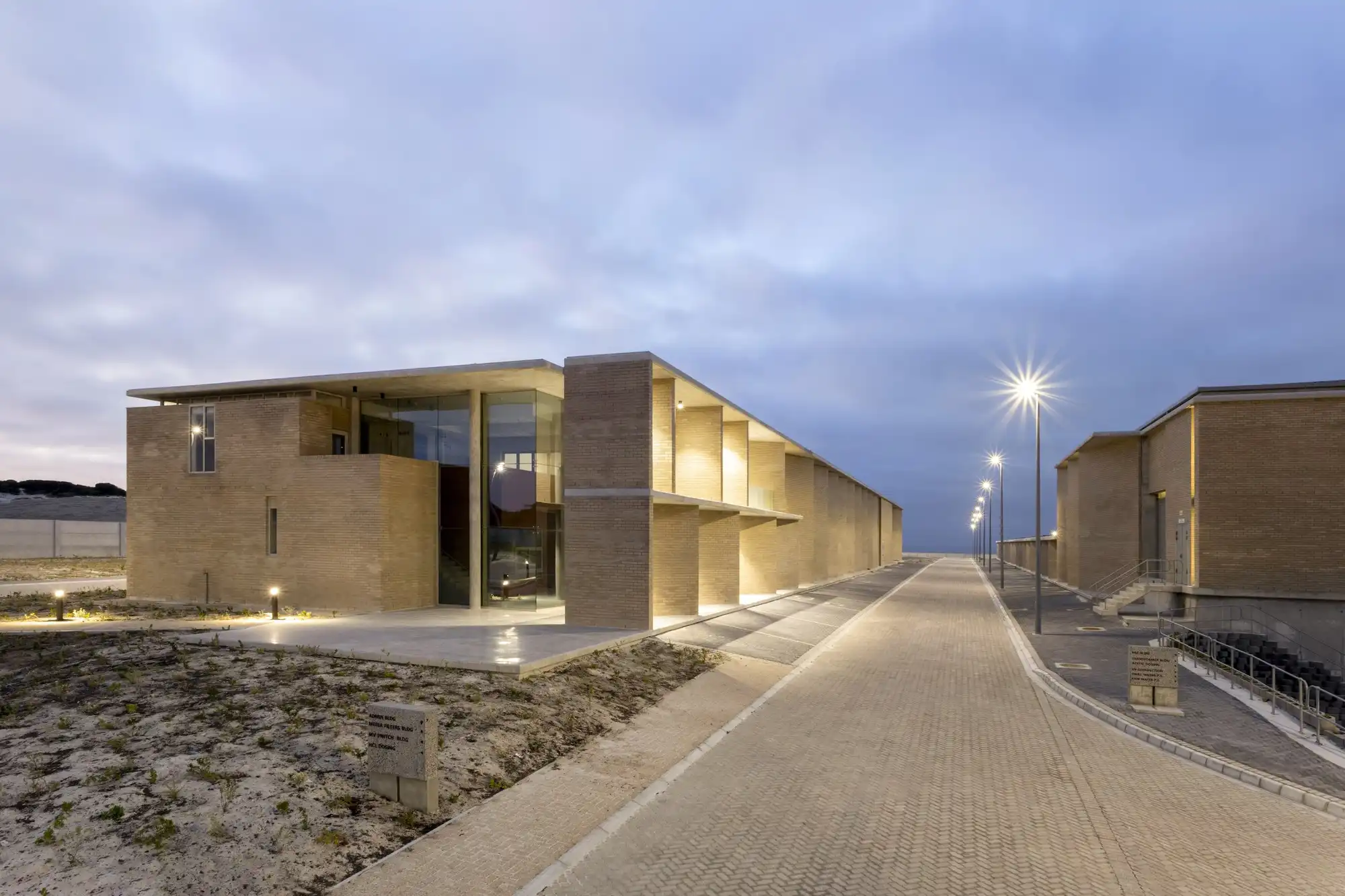
As cities surge and pulse with ever-growing populations, the challenges of managing resources, sustainability, and inclusivity become labyrinths to navigate. Amid this complexity, artificial intelligence emerges not as a cold machine, but as a visionary collaborator, decoding immense streams of data to imagine and simulate urban habitats that adapt and thrive. Through AI-driven modeling, architects and planners can foresee how a city breathes, moves, and evolves, crafting environments that are not only smarter and more resilient but deeply human. This new approach is already unfolding worldwide, turning abstract challenges into innovative solutions and reshaping the future of urban life.
Urban habitat modelling involves understanding and predicting how different elements of the built environment interact with social, economic, and ecological factors. AI enhances this modelling by processing massive volumes of data from satellite imagery, sensor networks, and social media to analyze patterns, forecast trends, and optimize urban systems. This enables planners to create virtual representations or digital twins of cities that can simulate development scenarios and assess impacts before physical implementation.
By automating complex data synthesis and scenario testing, AI allows for evidence-based decision-making that is more accurate, timely, and responsive. Its capabilities range from predicting traffic flows and energy demands to optimizing land use and improving disaster resilience. Importantly, AI also helps to democratize urban planning by improving citizen engagement and transparency, making the process more inclusive.
One compelling example comes from Metroville, a smart city initiative in Durban, South Africa. Faced with challenges such as traffic congestion and inefficient energy distribution, Metroville deployed an AI-driven Urban Efficiency Hub. This platform integrated data from IoT sensors and public reports to optimize traffic, predict energy usage, and enhance emergency response. The results were significant: traffic congestion dropped by 30%, energy efficiency rose by 25%, and emergency response times improved by 40%. Moreover, predictive policing tools contributed to a 15% reduction in crime, improving urban livability and safety.

In practical terms, Copenhagen’s SmartGrid uses AI for sector coupling, linking electricity, heating, cooling, and mobility sectors. Initiatives like the Centre for IT-Intelligent Energy Systems (CITIES) and EnergyLab Nordhavn experiment with citywide optimization: they employ AI to coordinate building heating systems, electric vehicle charging and discharging (vehicle-to-grid, or V2G), and the integration of distributed renewables. This approach improves both energy efficiency and grid resilience, making the urban energy ecosystem far more flexible in response to peak loads or supply interruptions.
Asia has been equally innovative in adopting AI for urban modelling. In China, researchers at Tsinghua University developed an AI-based planning system under the 15-minute city concept, designing urban neighborhoods where daily needs are reachable within a short walk or bike ride. The AI system generated urban plans as good as or better than those created by human experts, and did so rapidly, enabling faster feasibility studies and urban prototyping. Similarly, Singapore employs digital twins powered by AI to simulate infrastructure changes and analyze their impacts on flood resilience, air quality, and transportation, helping the city adapt proactively to environmental challenges.

In Latin America, Sao Paulo has utilized AI for urban data analysis to tackle socio-economic disparities and guide inclusive policy planning. Machine learning models analyze demographic trends, service usage patterns, and economic indicators to optimize resource allocation and improve urban equity. Cape Town in South Africa also leverages AI for water distribution optimization, using real-time environmental data to manage supplies efficiently in a water-scarce context.

AI-powered tools such as digital twins, a virtual replication of physical urban environments, are central to modern urban habitat modelling. They allow planners to simulate the outcomes of various development strategies, testing infrastructure modifications, and environmental interventions in a risk-free virtual space, thereby minimizing costly mistakes.
Generative design algorithms are another breakthrough, enabling the creation of multiple viable urban layouts based on specified constraints and goals. These tools incorporate cultural and historical data, ensuring that new developments respect and integrate local identity and heritage while meeting contemporary needs.

Predictive analytics and machine learning models also play a critical role in monitoring urban ecosystems and forecasting future conditions, such as traffic congestion, air pollution, energy demand, and disaster risks. By continuously learning from updated data, these systems support adaptive management and responsive urban governance.
While AI opens extraordinary opportunities, it also poses challenges. Algorithmic biases may entrench existing inequalities if training data is incomplete or unrepresentative. Privacy concerns emerge from the aggregation and analysis of personal and location-based information. Moreover, AI should complement, not replace, human expertise and community input to ensure that urban development reflects ethical considerations and social priorities.
Transparency and accountability in AI systems are essential, as is inclusive participation in their design and deployment. Urban planners must adopt frameworks that ensure fairness and public trust while maintaining critical oversight of AI decisions.

AI-enabled urban habitat modelling is crucial in deciding how cities are planned and managed. Through powerful data integration, scenario simulation, and real-time optimization, AI helps create urban environments that are efficient, sustainable, and equitable. Global case studies from Metroville, EcoVille, China, Singapore, and beyond demonstrate its practical benefits and wide applicability.
As urban complexity deepens, AI will continue to be an indispensable ally in shaping cities. Architects, planners, and policymakers must harness this transformative technology responsibly, ensuring that AI-driven urban habitats foster resilience, inclusiveness, and respect for heritage. By doing so, they will pave the way for smarter, healthier, and better urban futures.
You must be logged in to comment.